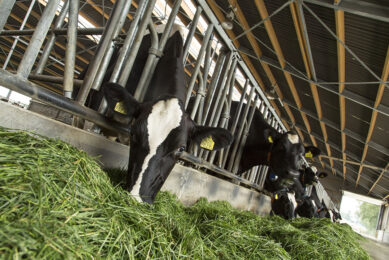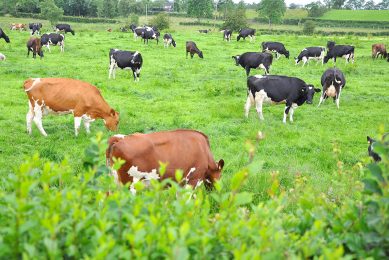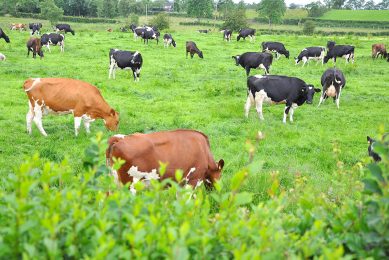Research: grass pea variety benefits N and K uptake in wheat

An Australian-bred and less toxic grass pea variety enhances nitrogen (N) and potassium (K) uptake in wheat crops, ScienceNetwork Western Australia reports.
Grass pea is a hardy annual legume with a growth habit similar to field pea, characterised by resistance to both drought and waterlogging. Its low cost, low input nature makes it a prime feed crop.
It has been restricted in use, however, due to the presence of neurotoxin ODAP, which causes paralysis of the lower limbs (lathyrism). Ethiopia, for one, has been subject to several lathyrism epidemics, when hunger overruled the risks attendent upon grass pea consumption.
The inherent toxicity of the grass pea was overcome by the breeding of cultivar Ceora (Lathyrus sativus) by Dr Colin Hanbury, Prof Kadambot Siddique and Dr Ashutosh Sarker of the Centre for Legumes in Mediterranean Agriculture (CLIMA).
With an ODAP level of 0.04 to 0.09 percent, Ceora virtually eliminates the toxin’s effects, making it safe for animal consumption.
Dr Marcal Gusmao, UWA’s first PhD from Timor-Leste, has delved deeper into the plant’s benefits.
Dr Gusmao’s study revealed that under moderate water deficit, Ceora avoids dehydration through a reduction in green leaf area and stomatal conductance. This enables the plants to maintain the water status and photosynthesis of the remaining leaves to support seed yield.
Under high stress, flower production and pod production is highly limited and the grass pea produces some seed by concentrating its resources in a small number of surviving pods.
The plants also mature early to escape drought.
“These adaptation strategies are important in southern Australia where rainfall in the growing season is variable and terminal drought is a common feature,” says Dr Gusmao.
As for soil fertility, wheat grown in soil after grass peas produced 12 per cent greater dry mass and 16 per cent more green area than wheat planted after wheat. Wheat shoot N and K content was also higher.
Dr Gusmao is now passing on his findings and methods to students at the National University of Timor-Leste, which he hopes will help his homeland, and working with a United Nations development program on climate change.
Forty per cent of Timor-Leste’s households rely on subsistence agriculture, with food shortages common for up to four months a year.
http://www.sciencewa.net.au











